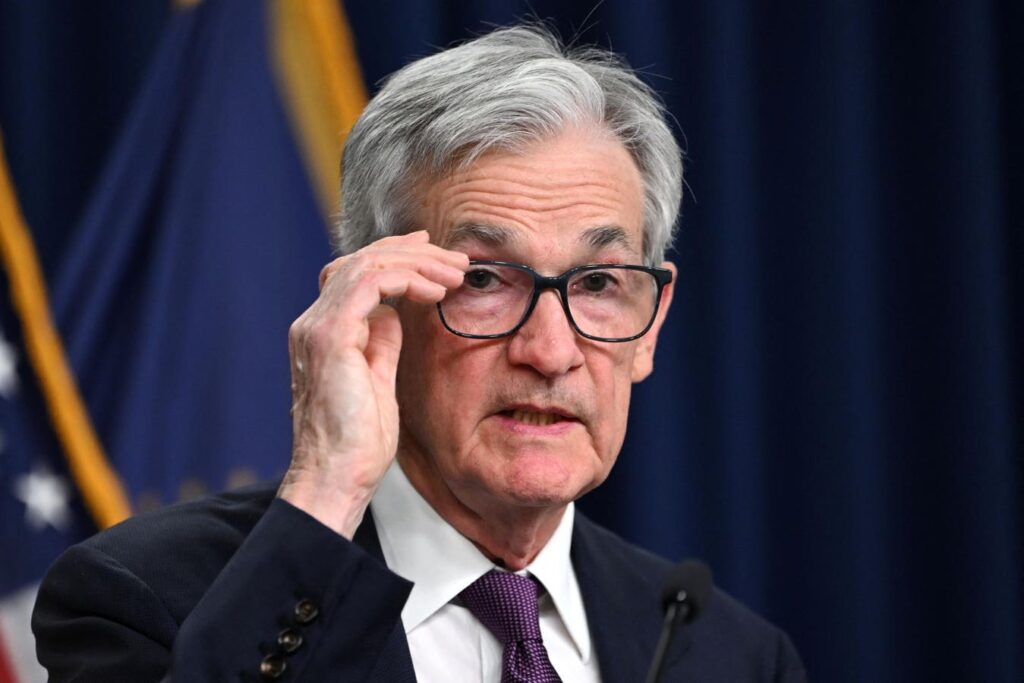On December 18, 2024, U.S. Federal Reserve Chairman Jerome Powell announced a quarter-point reduction in the federal funds interest rate, bringing it to a range between 4.25% and 4.50%. This move comes amid fluctuating concerns regarding inflation and uncertainty about the economic policies of President-elect Donald Trump. The Federal Open Market Committee showed a strong consensus on the rate cut, with an 11-to-1 vote, while also indicating a cautious approach moving forward, forecasting just two additional quarter-point reductions throughout the upcoming year. A notable aspect of this meeting was the Fed’s substantially increased inflation outlook for the year 2025, signaling potential challenges in maintaining stable price levels in the near future.
Presently, the economy reflects signs of a “soft landing,” where economic growth continues without leading the nation into a recession, evident from a decline in inflation rates, steady economic growth, and low unemployment figures. The Federal Reserve’s preferred inflation measure, the Personal Consumption Expenditures (PCE) index, suggests that while inflation is under control now, concerns linger about its resurgence. The projections and discussions released during the Fed’s meeting thus paint a somewhat ambiguous picture of the economic landscape as 2024 draws to a close, leaving many financial analysts on high alert for coming trends in both inflation and interest rates.
An essential element to understanding the Federal Reserve’s recent actions is the comparison of their inflation projections made in September versus those updated in December. In September, Fed officials anticipated a median PCE inflation rate of 2.3% for 2024, slightly declining thereafter. Contrarily, in December, projections for 2024 were revised to 2.4%, with forecasts for 2025 further elevated to about 2.5%. Such adjustments highlight a growing apprehension amongst Fed officials regarding potential inflationary pressures that may disrupt the current economic stability. The updates in projected inflation rates indicate that the Fed’s optimistic view towards a steady inflation decline may require reevaluation, particularly as economic data suggests possible upward trends.
In addition, the revised projections for core PCE inflation—excluding volatile components like food and energy—signal a change in sentiment. The core inflation estimates proposed in September forecasted a more stable inflation trajectory, but by December, the median predicted rates intensified, with estimates for 2024 rising to between 2.8% and 2.9%. This shift suggests that underlying inflationary pressures may be stubborn and could impede efforts to maintain low and stable prices over the coming years. These projections are particularly crucial as they affect monetary policy decisions, including interest rate adjustments aimed at controlling inflation.
The real-world implications of these inflation estimates extend to various sectors of the economy. With the Fed’s updated projection for the federal funds rate suggesting it will remain at 4.4% in 2024, it indicates prolonged higher borrowing costs for consumers and businesses alike. This translates to elevated interest rates on loans for cars and credit cards and more expensive financing conditions for various business endeavors. Additionally, the anticipated increase in yields on 10-year Treasury notes may affect mortgage rates, making home financing burdensome for new buyers and potentially impacting the overall housing market. The ripple effects from these projections indicate that consumers could face tighter financial conditions as uncertainty looms over the economic landscape.
In summary, while the latest actions of the Federal Reserve reflect a cautious optimism in managing inflation and supporting economic growth, the resulting projections suggest imminent challenges ahead. The adjustments in both PCE and core PCE inflation forecasts underscore a potential shift in dynamics that may complicate the Fed’s efforts to navigate the economy through a sustained period of growth. Policymakers face the delicate task of balancing interest rates to avoid stifling growth while simultaneously tackling inflation that shows signs of re-emerging. As such, the interplay between economic growth, inflation rates, and interest rate policies will significantly shape the United States’ economic outlook in the near future.

